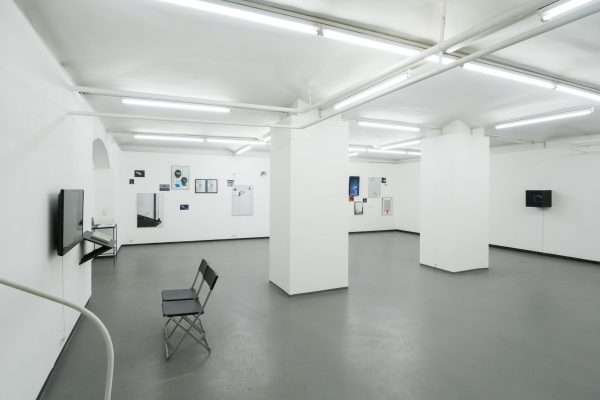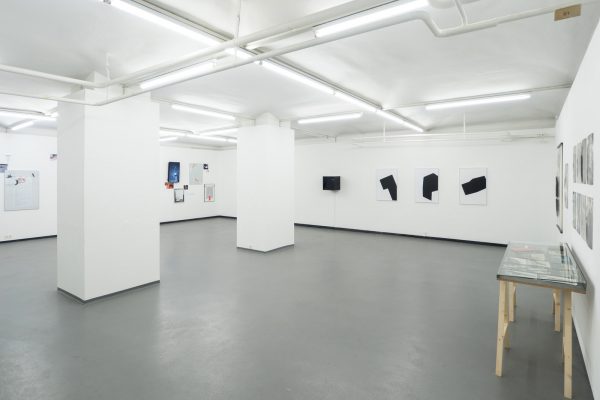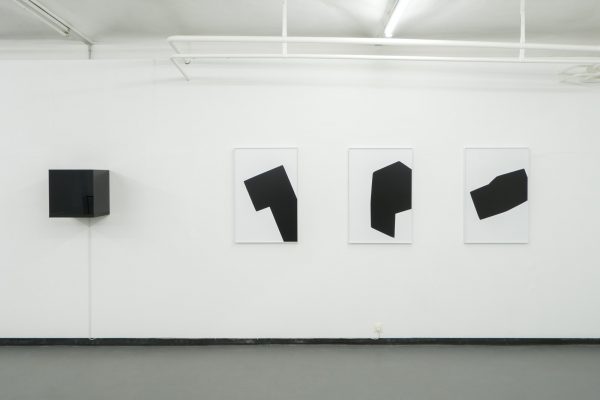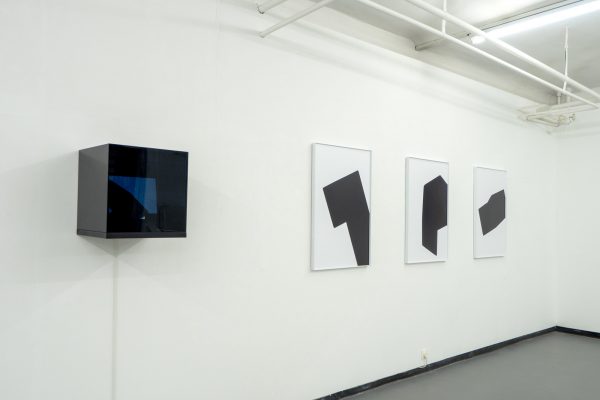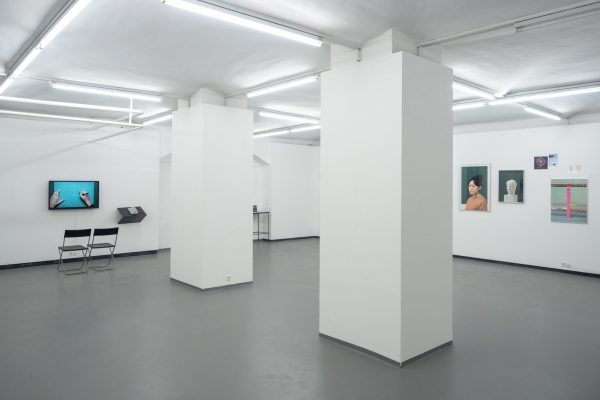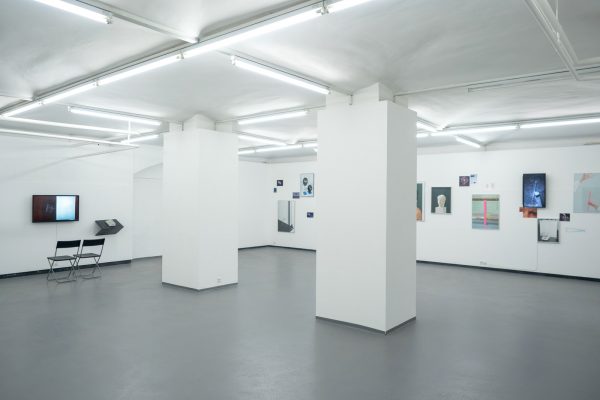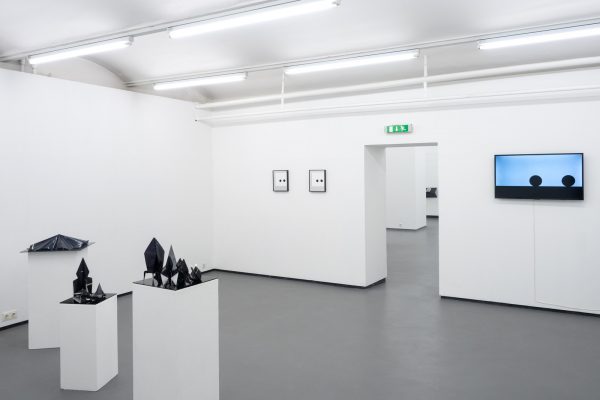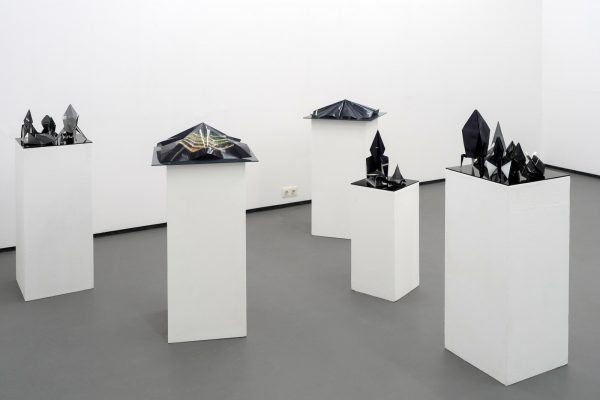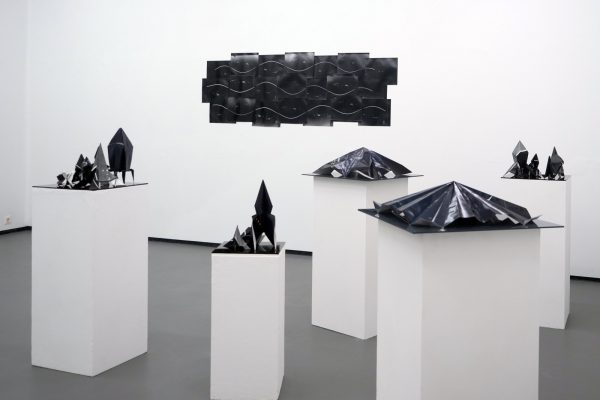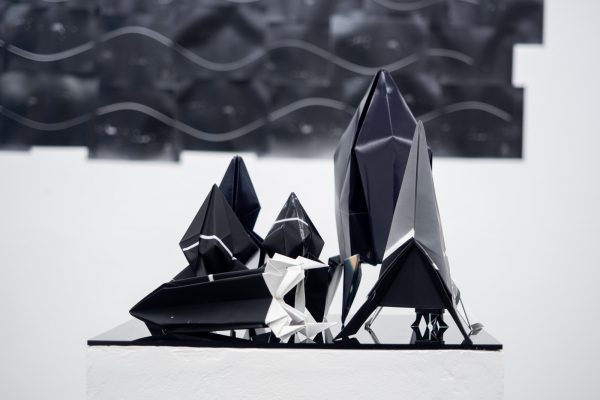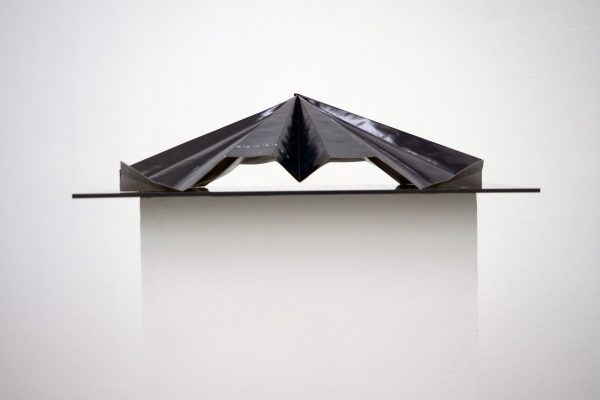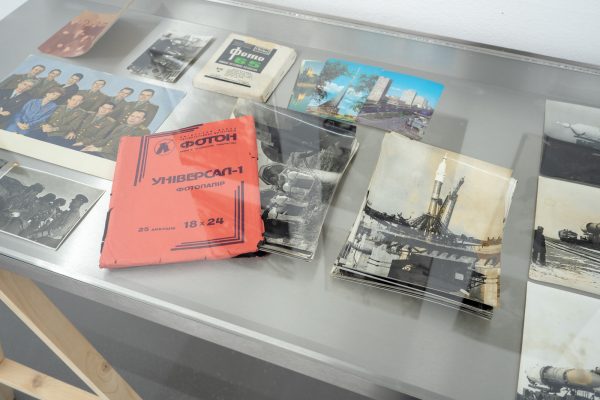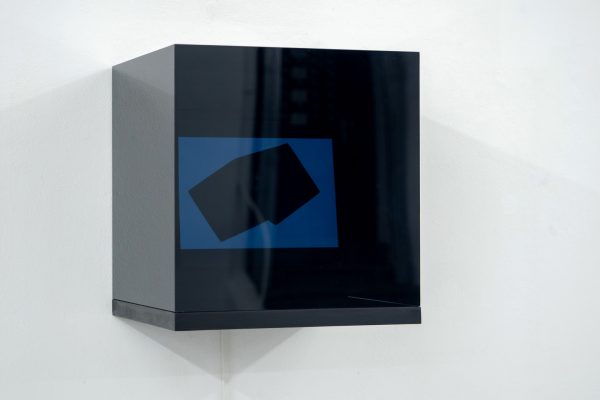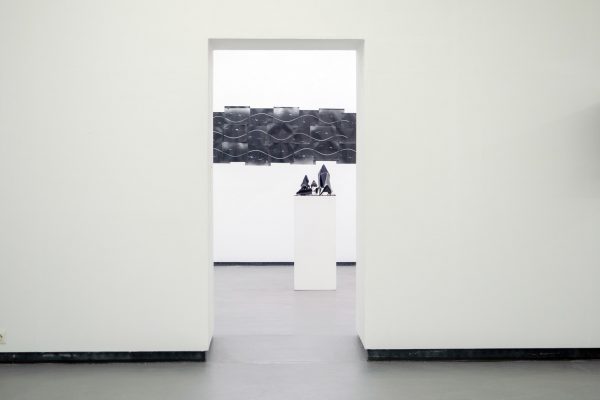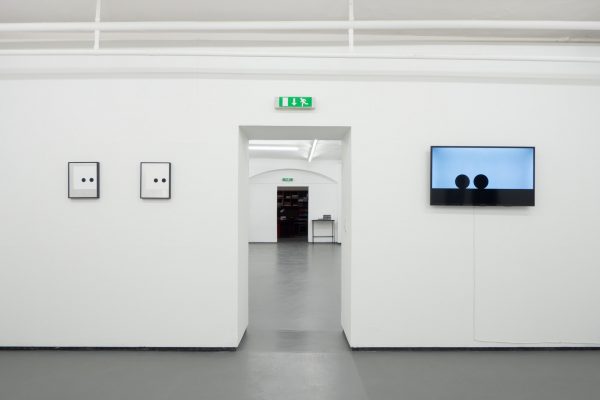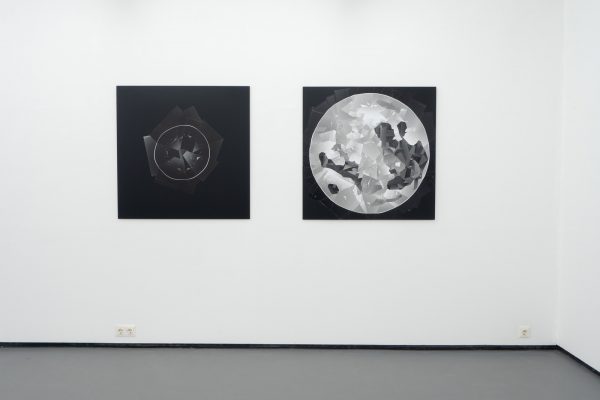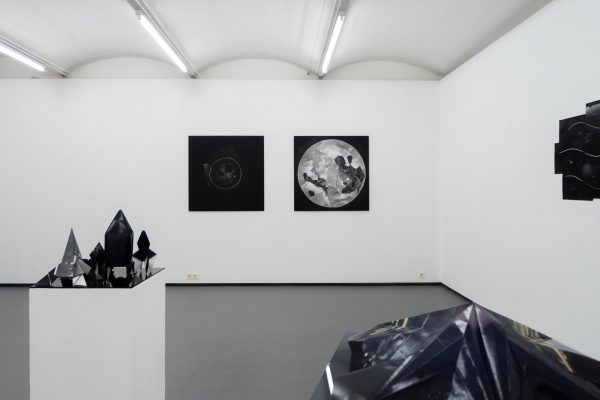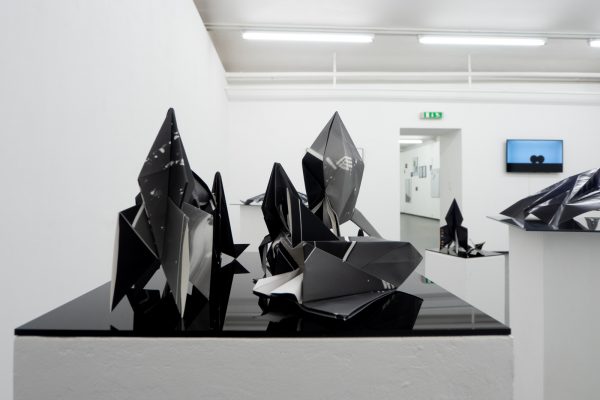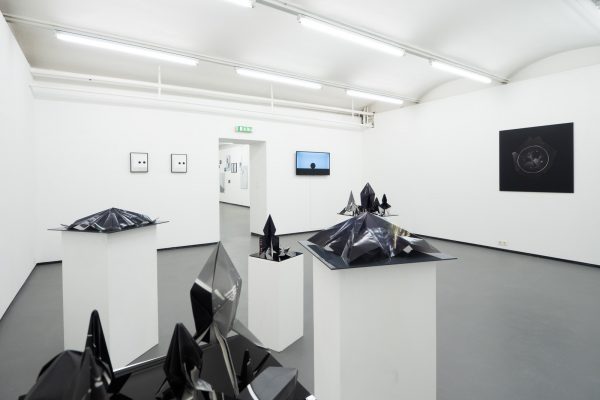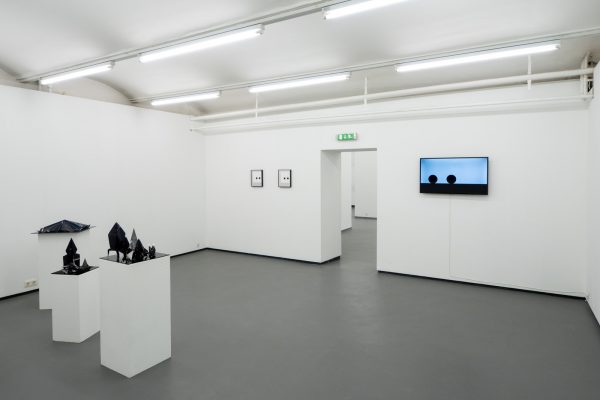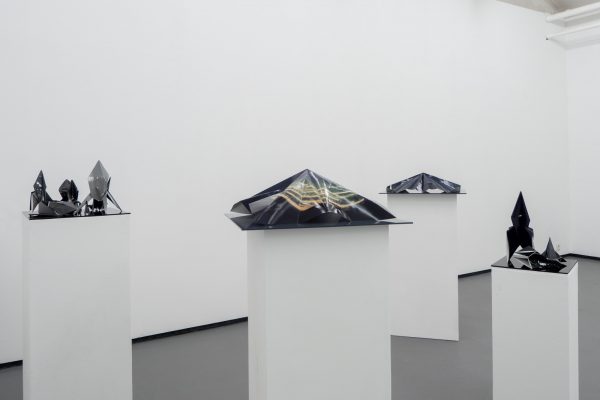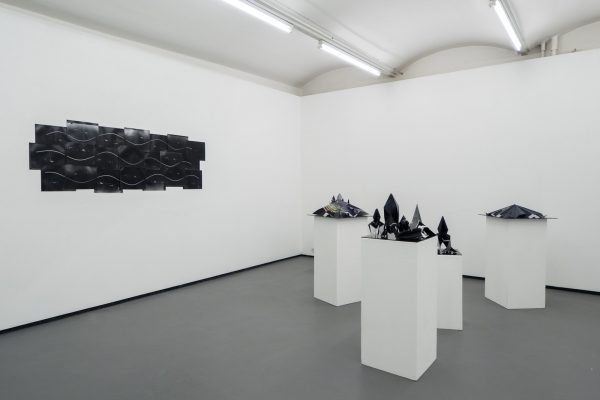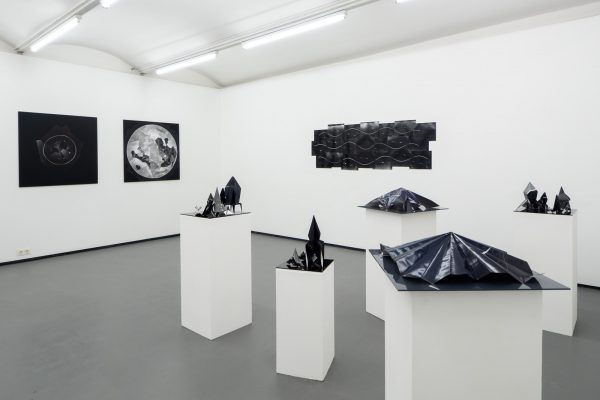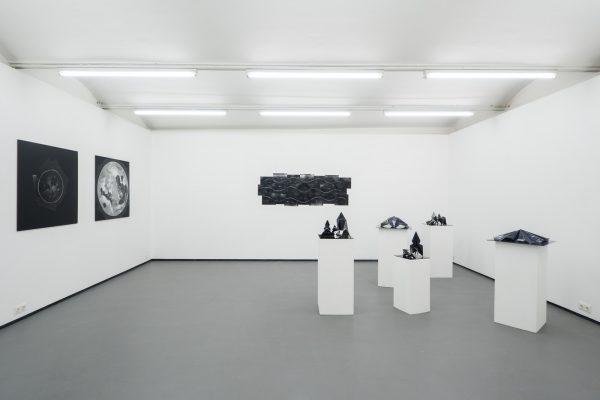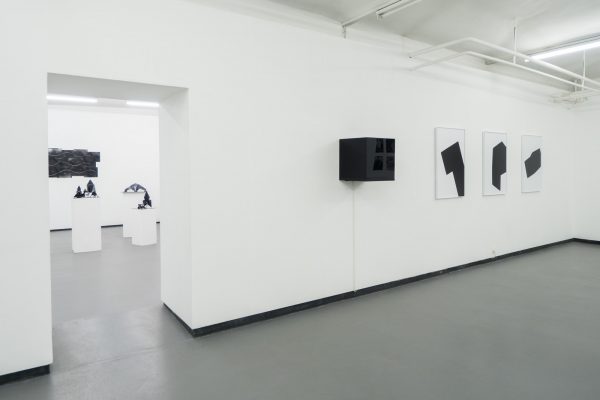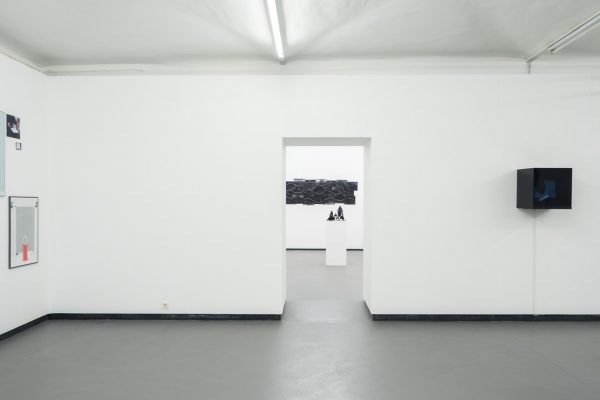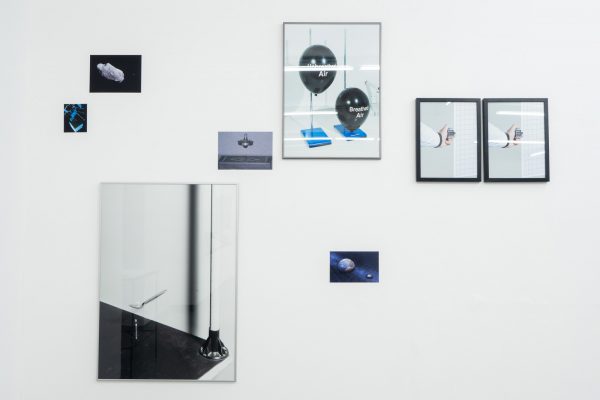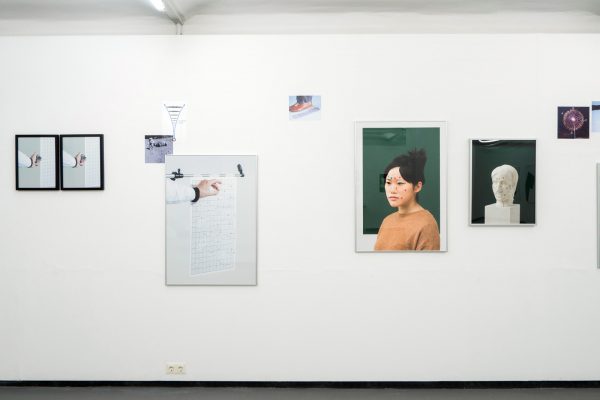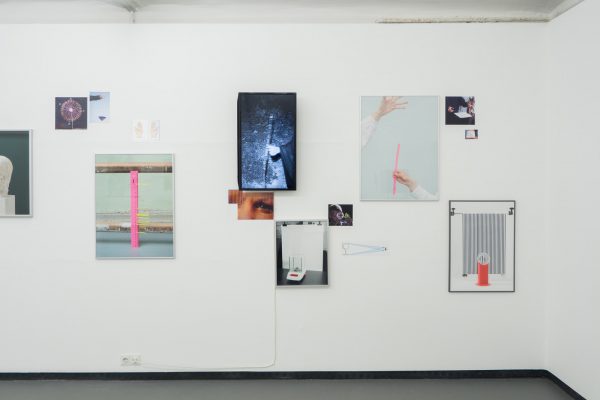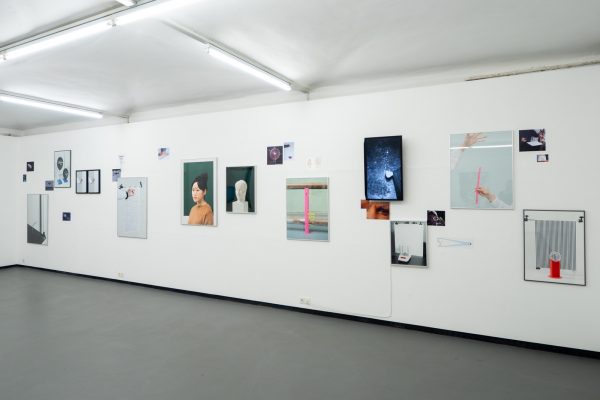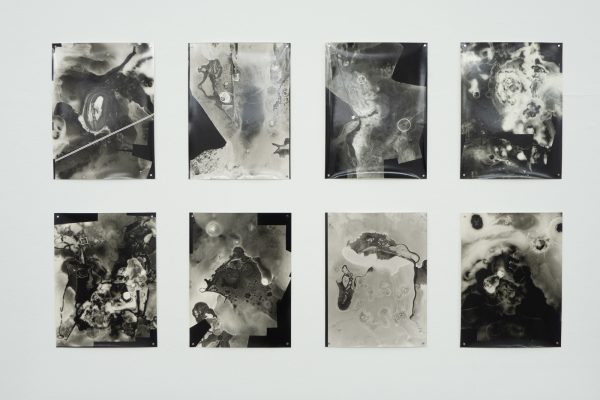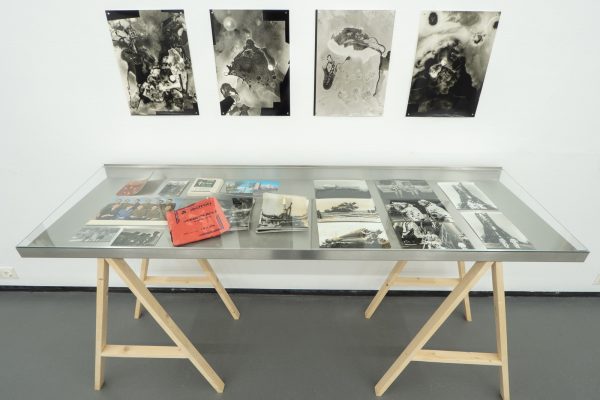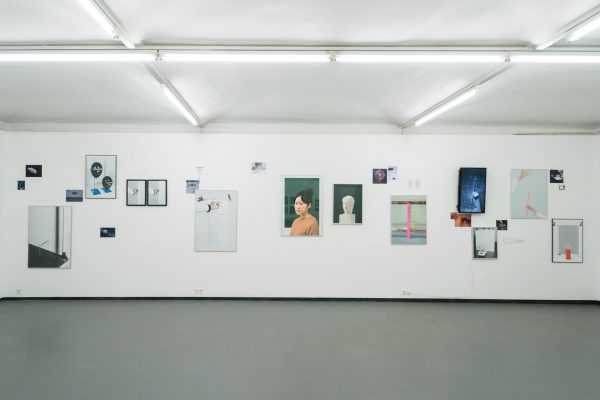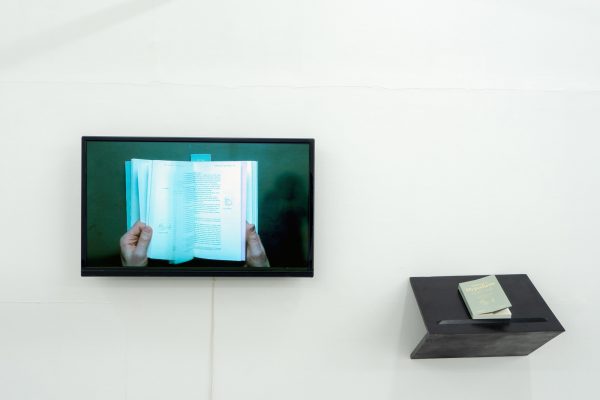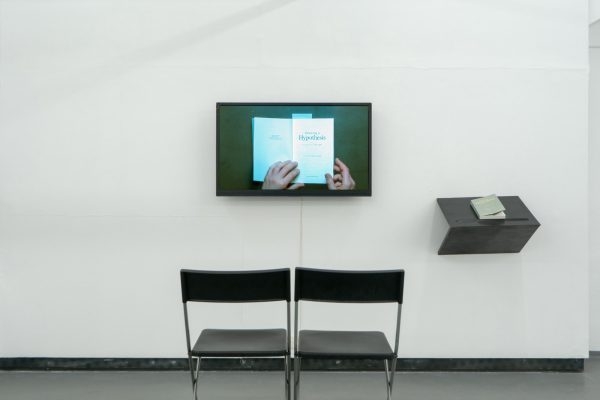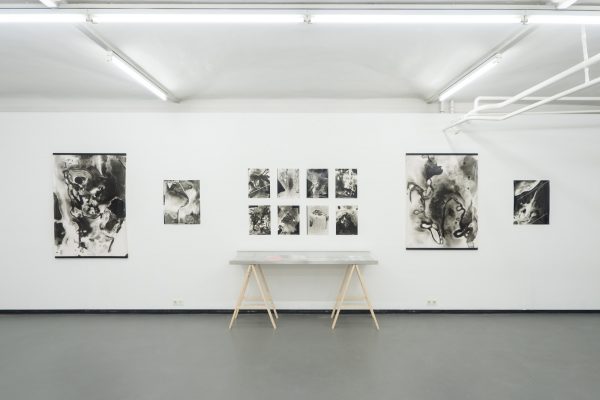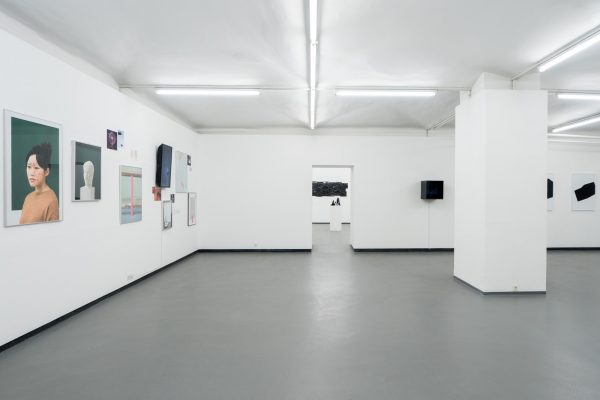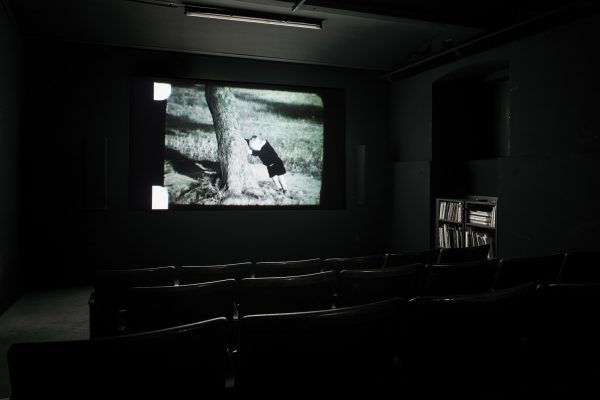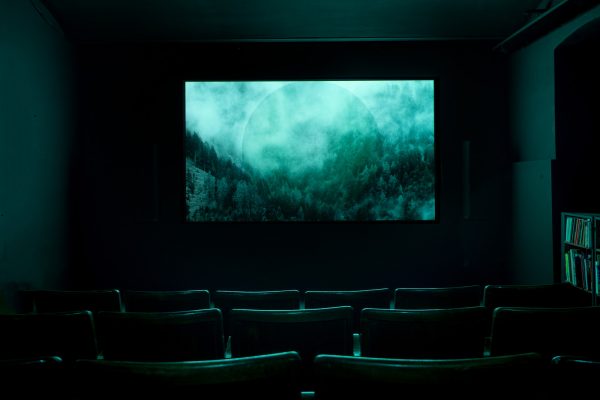Opening: Monday, 28 January, 7 p.m.
Introduction: Petra Noll-Hammerstiel
sponsored by: BKA Österreich; MA7-Kultur; Cyberlab
The chosen title, The Stars Look So Different Tonight, can be understood as a metaphor for marvelling, the starting point of the human thirst for knowledge. The artist positions here have in common a subjective approach to fundamental questions of natural as well as being investigative regarding perceptual processes and visualization strategies. Their poetic and sensual appropriation of scientific pictorial language, enriched with fictitious or hyperrealist stagings and speculative laboratories, opens up a fresh look at the familiar. The sober, objective methodologies of natural science are contrasted with experimental, sometimes playful, approaches that recognise and accept the ambivalences and mysteries of the objects under investigation.
The Eighth Continent by Anthony Carr relates to the moon. The basic material is usually made with a pinhole camera and combined with elements of celestial phenomena, lunar facts and fiction. The series is an examination of ourselves and our yearnings as well as a voyage of discovery into unknown space. In 21 Arcs photographs are arranged in a pattern of undulating lines that resemble waves in a sea of darkness. This reference to the influence of the moon on the tides also suggests light waves or interstellar radio waves. Other works, such as the Supermoon series, are constructed from parts of photographs. They are concerned with the issue of the benefits from, and damage by, space debris and the human exploitation of the moon. The photos of the Untitled (47 Rockets) and Fold Me to The Moon series are transformed by folding and unfolding into objects reminiscent of space vehicles and lunar landscapes.
Nikolaus Gansterer sees himself as an artist, performer and researcher in equal parts. He is particularly interested in how drawing, thinking and acting relate to one another. In the exhibition he is showing the book, Drawing a Hypothesis – Figures of Thought (2011), and an associated video. In a collaboration with writer Emma Cocker, the artist starts out from his published work, approaching the substantive content by purposeful skimming and live drawing – similar to a reader leafing through a book. Bearing in mind the ambivalent character of diagrams – situated between image, symbol and drawing – they pursue the issue of how these visual artefacts might be grasped, articulated and performed. The fragile drawings and models represent Nikolaus Gansterer’s consistent and continual development of a specific language of the material nature of processes of thought and a performative engagement with the multilayered levels of meaning of theoretical hypotheses.
As with Sheung Yiu, William Mokrynski is interested in the problematic relationship of photography and reality. He examines the possibilities of creating new substantive content in photographic images using fractures and interventions. Contemporary as well as found historical materials form the basis of his work process here. He is interested in the fact that our acceptance of photographs of space which are, in part, literally “unbelievable” and at the same time unverifiable, relies on our trust in images. For the Galactic Coordinates series Mokrynski acquired partially badly damaged negatives from a street trader in the Ukraine. He can only speculate as to their scientific content. He developed, enlarged and provided them with visual elements such as grids and dots taken from astronomical imaging. These very poetic ‘cosmic’ photographs were actually manipulated during the development process. Furthermore, he presents photographs – also acquired at the trader – with ‘cosmonautical’ content that might be authentic – but maybe not?
Andreas Müller is showing the film, LUKREZ RGB, which interprets Lukrez’s over two thousand years old theories about the creation of our planet, the heavenly bodies and space. Thus the film is based on a pattern of thought which appears to have been superseded by contemporary science but which nevertheless anticipated scientific findings. Lukrez doubted that there was a superordinate intelligence guiding the formation of the universe. According to him, spirit and material are on the same level, coincidence plays a decisive role in the creation of the cosmos, the elements of which are reduced to their physical components. In an analogy to this paradigm, the three primary colours – red, green, blue – refer to the intangible. They represent the ‘colours of light’ from which all colours derive. The formal structure of the shots is determined by grids and arc lines. With a knowing wink in our direction, the film takes up old filmic techniques, playing with our perception due to the close connections between the documentary and fictional image sequences that illustrate the text. The music by Cornelius Berkowitz follows both the films images and Lukrez’s ideas into a world of displaced proportions and constellations.
The thematic point of departure for Anja Nowak’s photo and video works are intrapersonal relationships and their capacity for being depicted by images. Here, geometric objects such as spheres and cubes, black-and-white contrasts (light and dark), fragments and repetitions serve as basic elements. Objects that initially appear identical are contrasted with each other, thus provoking a search for differences. The exhibited works show silhouette figures where figure and shadow are optically inseparable and, as is suggested by their titles, zwei gleiche, In Beziehung zu and zwischen-zwei they open up a network of relationships. The zwischen-zwei (2017) series consists of three photos and a video installation; the latter showing a loop of a revolving cube and its shadow framed by a static black acrylic glass cube. The fades-to-black darken the video image and in the short term take us out of the action. At that moment the cube becomes the primary object once again. The series photos are still images of this cube but nonetheless autonomous pictures. The cube and the its changing shadows it casts grow in the black into indistinct, amorphous and flat forms.
Sheung Yiu is showing the video, Water, and a photographic wall installation, part of the art theory book project, Simulation Hypothesis, which in turn belongs to The Poetics of Science project. Conceptual – framed – photographs of the artist are combined with images from science textbooks that are printed as adhesive-backed photos and stuck on the wall and thus initiate a dialogue. The project critically examines the ambivalent relationship of science and photographic images or, as the case may be, the way in which photographs are used to convey scientific content to us. As an example Yiu refers to photographs of black holes from Google images. These mainly consist of constructed images made from large amount of photo-realistic material that induces many to fall into a perceptual trap. Today the borders between various kinds of images are so indistinct that it is difficult to differentiate between reality and simulation. Yiu’s work aims at creating a critical consciousness and to shake the foundations of a still prevalent belief in “real” pictures.
Petra Noll-Hammerstiel, for the collective
